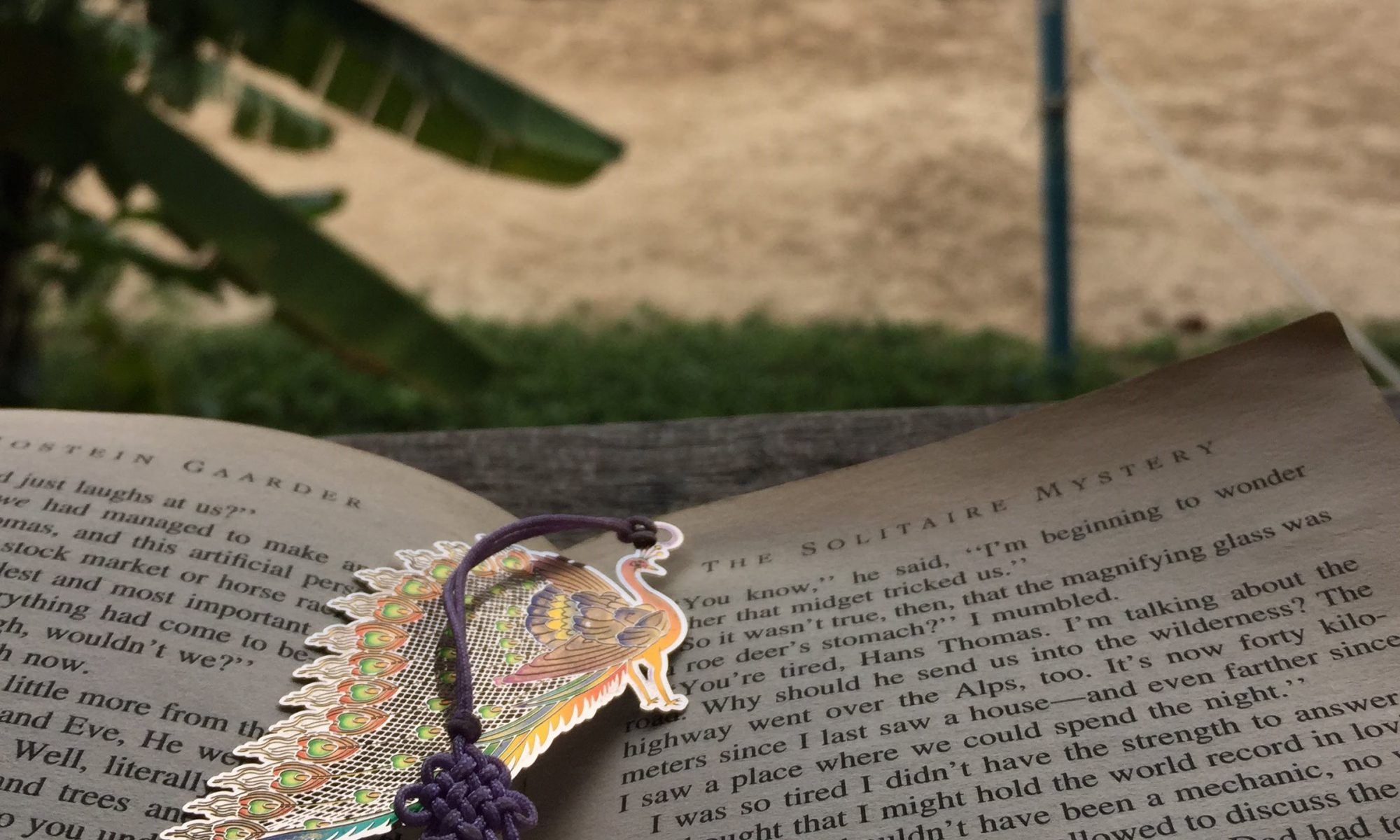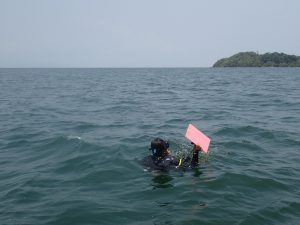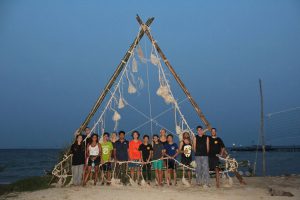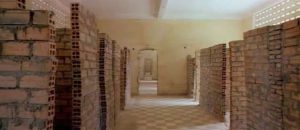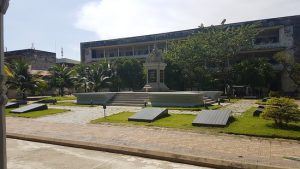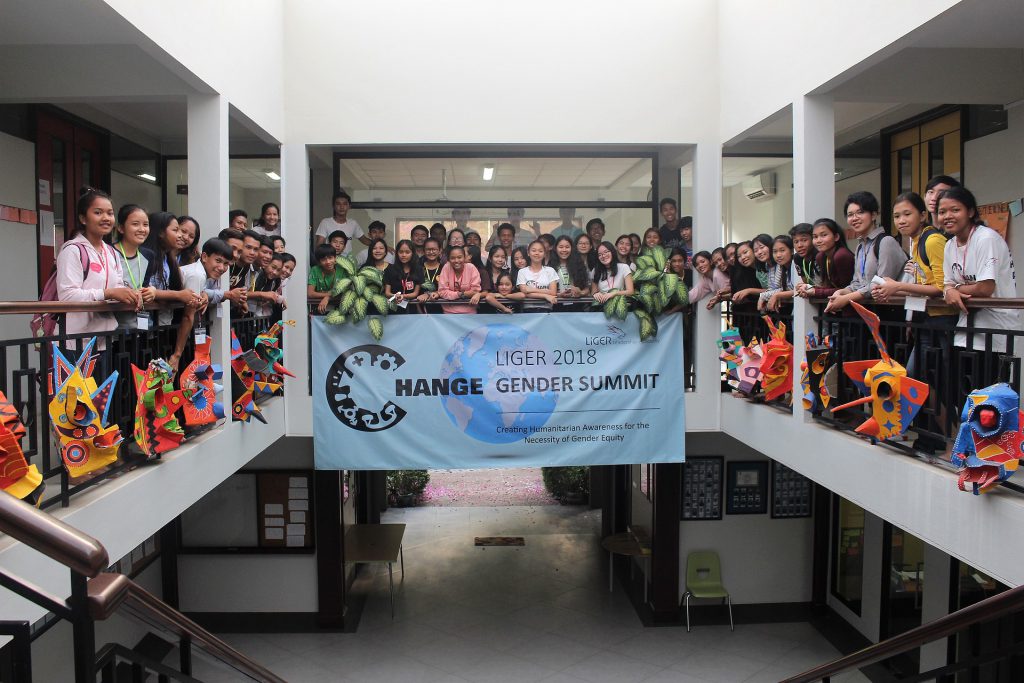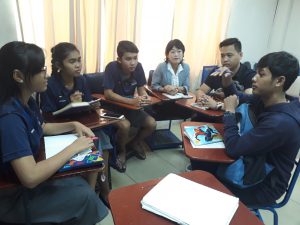In literacy class this term, we studied ancient civilization because in order to develop a society, we should look back at the societies in our history. One big thing we investigated is how there are many aspects of today’s world that derived from Greece and Rome. Below is an excerpt of my DBQ essay I wrote regarding the influence Greece and Rome have on the modern society.
Modern society is encompassed with entertainment and procedures that contribute to the convenience of everyday lives, but where did the ideas for the creation of modern society emerge from? In fact, the inspiration for modern society is rooted from Ancient Greek and Roman society. Many aspects that were practiced by ancient Greeks and Romans are something that’s practiced by modern citizens. The two main ancient societies had greatly influenced the development of current politics, entertainment, and medicine that are indispensable for a society.
Greece and Rome are well known for their government system and how they’re influential to that of today. Often, the politics of Western nations remind us of the democratic system, democracy, of ancient Greece and Rome. Based on Document 5, Greek society was the first to implement democracy into their government, and Rome took this political system to the next level. Athenian democracy allowed their citizens (only males) to shape their government, including voting. According to National Geographic News, election procedures and the justice system of America were influenced by ancient Greece. Additionally, Rome developed democracy to form a better government structure: they sparked the idea of “elected officials.” These people had the equivalent role a president or a king has in a country nowadays. They had control on defense and consider any dilemmas for the countries. Another fact is that Rome emphasized the value of citizen participation in the government and we can see that in Document 1: Pericles said, “we do not say that a man who takes no interest in politics is a man who minds his own business; we say that he has no business here at all.” This fact could remind us of many modern countries that mandate their citizens to serve in the military field. Here, one can see that the archaic Greek and Roman civilizations bring forth the legislation and authority that is still practiced in America and many other countries in present days.
References:
https://classroom.synonym.com/ancient-greek-democracys-influence-united-states-9558.html
https://news.nationalgeographic.com/2016/11/greek-ancient-origins-modern-politics/
http://www.ancientfacts.net/ancient-romes-influence-government-democracy-today
